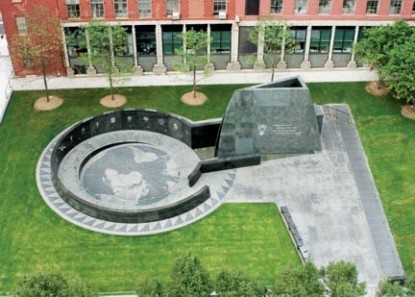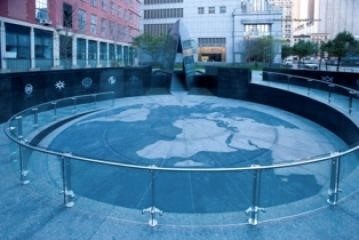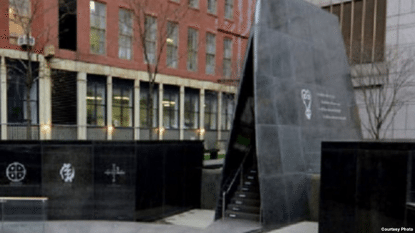In 1991, preparations for a Federal Office Building were interrupted by the discovery of something much more important: an African burial ground. And, on February 27th, 2006, it was proclaimed a national monument. Located at 290 Broadway in Lower Manhattan, close to Foley Square and just north of City Hall, the monument is, today, watched over by the federal park service, and contains a great amount of historic information.
You should know before planning your trip to this one that, as of this writing, airport-level security measures are in effect. You might want to leave home anything metallic or the like that you don’t need. Still, the importance of the location make these inconveniences well worth the while.
Where Did it Come From?
Beginning in approximately the 1690s and ending in 1794, 6.6 acres of the national monument’s current grounds were used as a burial plot for both free and enslaved Africans. This lay outside of the boundaries of the settlement of New York — which at the time was still the Dutch colony of New Amsterdam — as Trinity Church had established that Africans could not be buried in any of the churchyards of Manhattan. This site was eventually lost to history due to redevelopment of the land, until its rediscovery in 1991.

Reflections of Today
People of African descent have made significant process in terms of matters such as being able to bury their dead inside Manhattan. This has been done through hard work and great leadership, and the historical narratives so woven are fascinating. As such, the burial ground is collecting information on some of the events that marked this progress, all the way up through the Civil Rights movement and the present day.

While the topic matter may seem heavy, and the monument is (and should be) sobering, there’s nothing that says you can’t have fun and learn something important. And you can always take the Seastreak to give yourself time for quiet reflection.
Sea you Soon!
The Seastreak Family
Filed Under: African Burial Ground